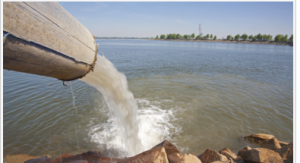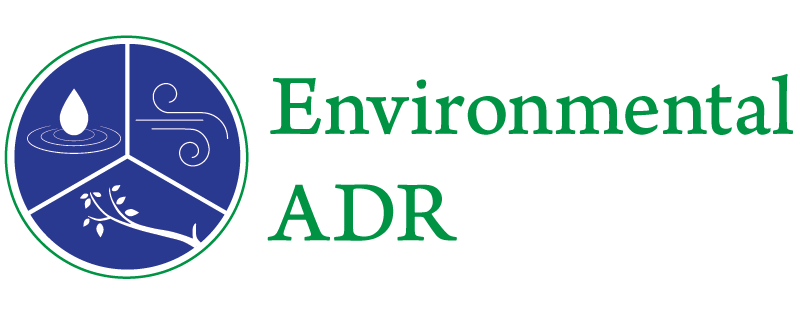 New York State residents have long enjoyed high quality, affordable potable water; the result of the State’s protected source waters and reservoirs, and robust testing and filtration programs. In fact, most New Yorkers have taken the quality of their potable water for granted. But in recent weeks two upstate New York towns – Hoosick Falls and Petersburg – have detected elevated levels of perfluorooctanoic acid (PFOA) in their drinking water supplies, leading state and federal authorities to warn residents against using tap water for human consumption.
New York State residents have long enjoyed high quality, affordable potable water; the result of the State’s protected source waters and reservoirs, and robust testing and filtration programs. In fact, most New Yorkers have taken the quality of their potable water for granted. But in recent weeks two upstate New York towns – Hoosick Falls and Petersburg – have detected elevated levels of perfluorooctanoic acid (PFOA) in their drinking water supplies, leading state and federal authorities to warn residents against using tap water for human consumption.
There is no reason to believe that the elevated PFOA levels detected in the Hoosick Falls and Petersburg water supplies are indicative of a far-reaching problem with the safety of New York’s municipal water supply systems. However, given the recent tragedy in Flint, Michigan, where elevated levels of lead in the city’s water system were apparently ignored by city, state and federal regulators, and initial criticisms leveled by residents against the State for its response in Hoosick Falls, the State has sprung into action on several fronts. These actions may impact the operations of those providing private and public potable water as well as manufacturing companies throughout New York State whose operations have or may be impacting the quality of the water source.Read More
Read the entire article at Lexology.
This was orifginally published on Lexology written by Phillips Lytle LLP






Leave a Reply